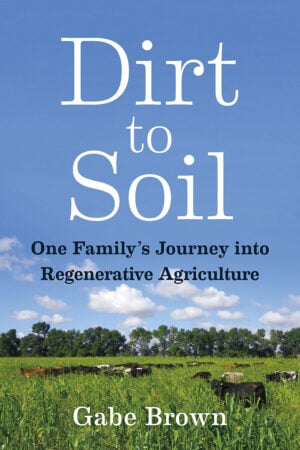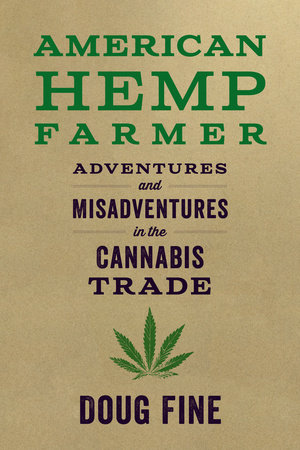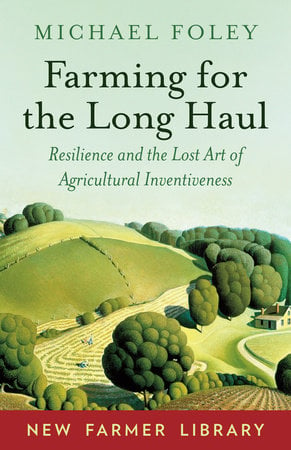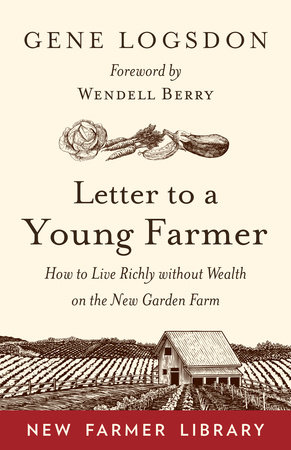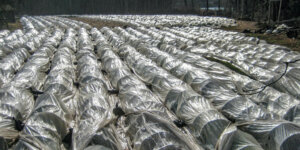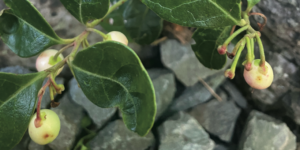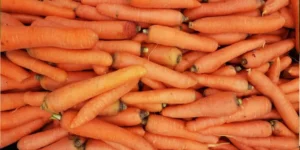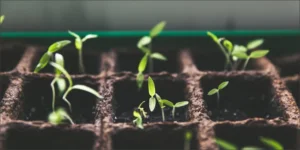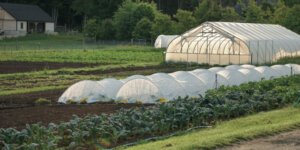Saving the Soil, Saving Ourselves
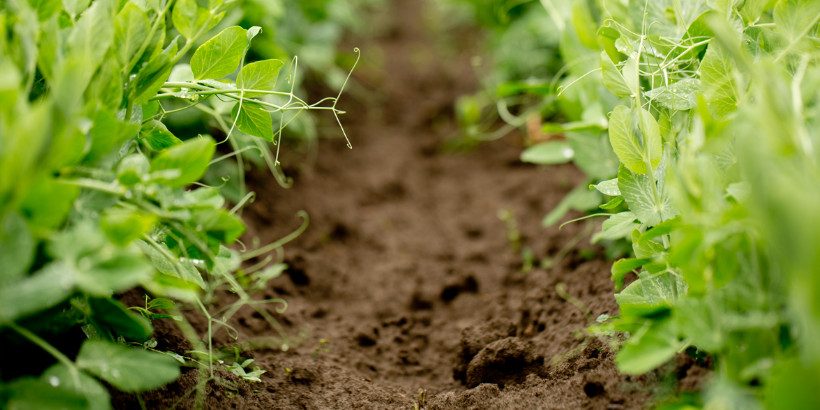
The soil undeniably sustains us, without it there would be no gardens, no farms, no livestock– nothing. As we continue to overuse and undernourish the soil, we are shorting both the earth and ourselves. These three books map out different approaches to revitalizing our soil through regenerative agriculture.
“In healthy, living soils covered with green plants for much of the year, the carbon supply for beneficial soil microbes can be nearly endless. I cannot emphasize this enough: This process is absolutely key! According to soil ecologist Dr. Christine Jones, the formation of fertile topsoil can be breathtakingly rapid once the biological dots have been joined. The sun’s energy, captured in photosynthesis and channeled from aboveground to below ground as liquid carbon, fuels the microbes that solubilize minerals. A portion of the newly released minerals enable rapid humification in deep layers of soil, while others are returned to plant leaves, facilitating an elevated rate of photosynthesis and increased production of plant sugars. This positive feedback loop makes soil-building somewhat akin to perpetual motion.” —Gabe Brown
Featured Excerpts:
The Importance of Planting Cover Crops
|
|
|---|

Featured Excerpts:
Emergence of the Mechanical Mind and Its Dire Implications
Agri-Culture: Source of a Healthy Culture, Society and Mother Earth
From the Group Up: A Call for Regenerative Agriculture
|
|
|---|
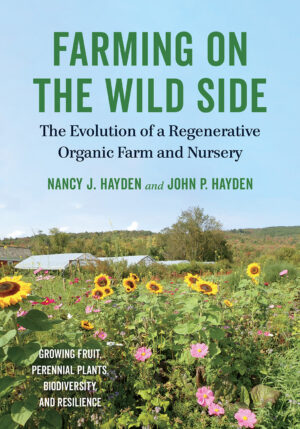
Featured Excerpts:
Rethinking Pests, Invasive Species, and Other Paradigms
|
|
|---|
Recommended Reads
Recent Articles
Want to grow year-round, but a greenhouse feels like a big investment? When it comes to cost and flexibility, low tunnels are the all-around winners.
Read MoreWintergreen is the stunning evergreen groundcover that’s a game-changer for your garden! It’s cherished for its aromatic leaves, vibrant fall color & bright berries.
Read MoreGrow winter carrots for a sweeter & more flavorful harvest! Ditch the bland, store-bought carrots this winter! Grow your own winter carrots for a sweeter and more flavorful twist 🥕🥕
Read MoreSearching for the perfect book to give the homesteader in your life? We’ve got your go-to books for anyone interested in organic growing, permaculture, soil health, year-round growing & more! What’s their next great read?
Read MoreWinter is coming… but that doesn’t mean you should put away those tools just yet. Extend the growing season well past the first frost!
Read More

